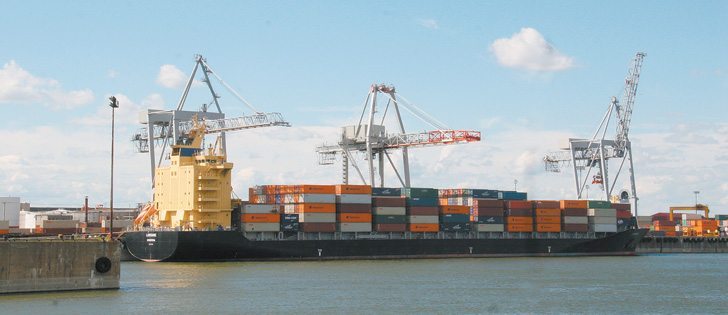It’s more than a little ironic that the new Canadian Wheat Board is signing its first grain handling agreement with Cargill.
The multinational grain handling icon is a symbol for many of what the old wheat board was set up to protect against.
The watch is now on for when the CWB will make grain handling agreements with the other main players, particularly Viterra and Richardson.
Of course, the big dog in Western Canada is Viterra, which has the history of the prairie grain handling co-operatives within its DNA. Saskatchewan Wheat Pool was long a stout defender of single desk selling. Now, in an open market system, the CWB needs an agreement to access Viterra terminals.
Read Also

Farmer ownership cannot be seen as a guarantee for success
It’s a powerful movement when people band together to form co-ops and credit unions, but member ownership is no guarantee of success.
There was an almost audible sigh of relief with the news of the CWB-Cargill deal. The federal government immediately pointed to the agreement as proof that the new CWB is going to be a viable entity. See guys, the CWB is going to be there for you if you want to use it, just like we said.
CWB management has been promising handling agreements, saying companies would want the grain volume the CWB can attract. Now that an agreement is in place with one of the major companies, it should be easier to reach a deal with others.
The CWB is promising to roll out its long-awaited grain marketing programs by the end of the month. Grain companies have already scooped up some new crop business, but that’s a relatively small portion of the total.
It seems that single desk opponents are the ones who most want the new CWB to thrive. No one calls it a dual market anymore. It’s an open market with the CWB as one of the players. However, the change is easier to defend if the CWB remains a viable option.
On that, the jury is still out. A year from now, we’ll have a better idea, but it’s likely to take two or three years before we have a firm grasp.
Will price pooling be popular with producers and will the CWB be able to attract business because of its pooling options? Will producers gravitate to pooling for the first year and then abandon it for cash prices as they feel more comfortable with their marketing?
How will the cash prices offered by the CWB compare to those offered by the other buyers? Expect all sorts of analysis and comparisons.
Exactly how will it work to have CWB-purchased grain going into an elevator that’s also buying that same grain from farmers? Will this add another complexity to a grain handling system that’s often muddled to start with?
What’s your guess? Assuming handling agreements can be reached with all the main grain companies, how much of the export wheat, durum and barley will the CWB buy in the upcoming crop year?
Most producers will make their marketing decisions based on the bottom line rather than philosophy. In the marketplace, CWB advantages include an experienced staff with strong international connections as well as the government guarantee on borrowings and initial payments.
The CWB is disadvantaged in that it doesn’t own inland terminals or port facilities. It has to pay competing grain companies for access.
So at the end of the day, will you get more money or less money dealing with the CWB? Will you get better or worse delivery opportunities? Better or worse customer service?
An interesting experiment is about to begin.














